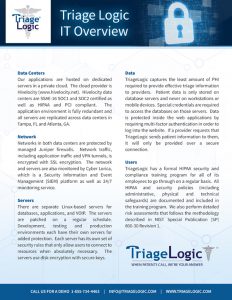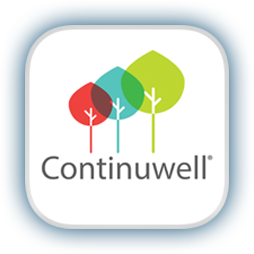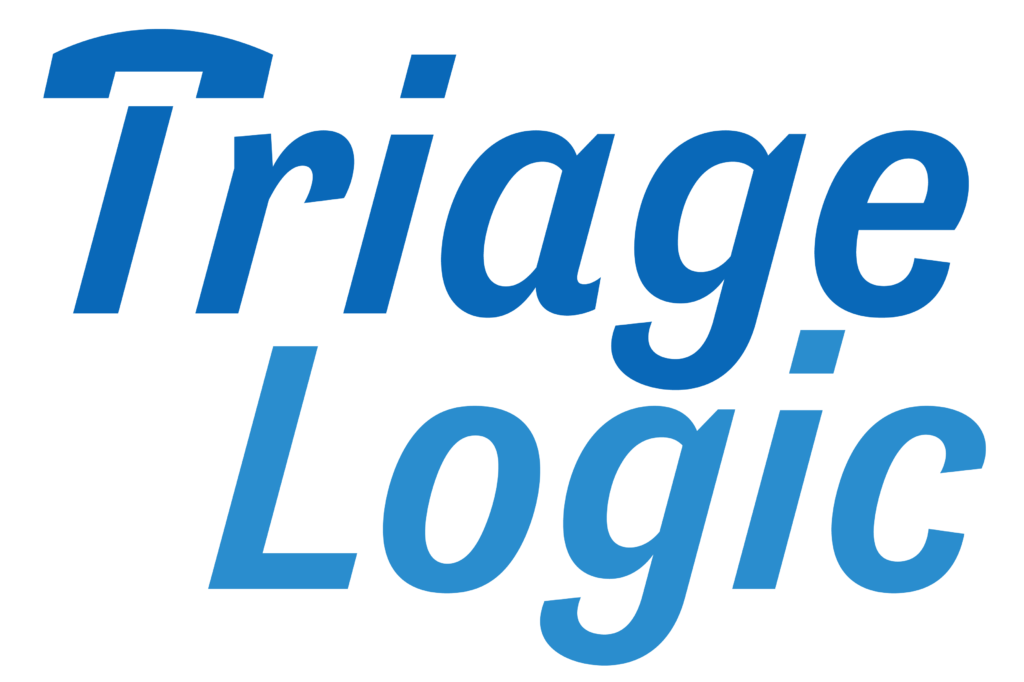One in 10 parents who call a nurse triage line on behalf of their infants is told to go to the ER.
By: Charu G. Raheja, PhD
Pediatricians understand that a nurse triage line is imperative to help parents navigate early childhood. Still, it is sometimes difficult for parents to understand when calling a triage nurse is necessary for the safety of their children. In this article, we present data on the disposition advice given to parents when calling a triage nurse line. We also discuss the main symptoms that are associated with a need to take the infant to the ER. These symptoms can be used by pediatricians and family practitioners to educate parents.
We studied treatment advice data from our nurse triage call center for the months of April, May, and June 2016 and evaluated the triage advice given to patients ages 1 and under. In those 3 months, our nurses triaged close to 42,000 callers and 9,400 were infants under the age of 1. Graph 1 shows the results of the disposition, or level of care required for the symptoms, for all the callers to our center.
Disposition given by Triage Nurses to 41,883 Patients
Graph 1: Data from our Call Center for April, May and June 2016
Are Infants and Newborns More Likely to be Sent to the ER Than the General Population?
Next, we considered the disposition determined by triage nurses for infants ages 1 and under. We initially predicted that infants would have the highest incident of ER or Urgent Care dispositions, with newborns having the highest rate of ER referral. Graphs 2 and 3 present the data for infants. Because of the different nature of care advice for newborns, we separated newborns between 0 to 16 weeks and infants between 17 weeks and 1 year.
Contrary to what we predicted, we found that infants are sent to the ER at a much lower rate than the average population. The results are as follows:
- More than half of the infants were given home care advice. In comparison to our adult care advice statistics, this is more than double the percentage of adults given home care advice. (read the result on adult triage here)
- Infants have a relatively low ER referral rate: only 1 in 10 infants are sent to the ER
- Newborns have a higher incidence of being sent to the ER than infants, but this rate is still much less than that of adults. Roughly 2 in every 11 newborns are sent to the ER, compared to almost 1 in 3 adults.
Disposition Given by Triage Nurses to 2,955 Newborn Patients (0 to 16 weeks)
Graph 2: Data from our Call Center for April, May and June 2016, Including Top 5 Reasons for ER Disposition
Disposition Given by Triage Nurses to 6,464 Infant Patients (17 weeks to 1 year)
Graph 3: Data from our Call Center for April, May and June 2016, Including Top 5 Reasons for ER Disposition
When is a symptom serious?
Our triage nurses use the Schmitt-Thomson protocols with each patient. In this three month study, we discovered the top five protocols used when determining that an infant or newborn needed to go to the ER or Urgent Care.
The top five symptoms that infants, 17 weeks to one year, were told to go to the ER or urgent care were cough, vomiting (with or without diarrhea), wheezing (non-asthma), and head injury. The symptoms that lead to newborns being directed to the ER or urgent care were slightly different. They included fever, acting sick, crying, head injury, and vomiting without diarrhea. These symptoms could be due to something as simple as a common cold or something life-threatening that needs immediate professional attention. Our triage nurses do a thorough assessment in conjunction with standardized protocols to direct the parent to the best next steps to take. We will be elaborating on the different conditions that could be present with these symptoms in a future blog to help office nurses guide parents.
Conclusion
This study presents the top protocols used when a triage nurse determined that an infant or newborn needed to be sent to the ER. While not everyone calling with the above symptoms needs to go to the ER, patients need to be told by their primary care providers that these top five symptoms could be the sign of a serious illness and that they might need to contact a medical professional for an assessment. Nurse triage is a perfect bridge to provide 24/7 access for patients and parents to ask questions without adding a significant burden for the doctors. In addition, parents tend to be more comfortable calling a nurse because nurses are trained to provide comfort and evaluate if a symptom even requires a doctor visit. Using the telephone triage service can either save a family from needlessly going to the ER or urgent care and provide peace of mind for the parent and patient, or ensure that the patient seeks immediate care in order to prevent further complications.

How secure is your patient data?
Find out the steps TriageLogic takes to protect patient data and ensure that our products are properly secure.
Looking to improve staff communication,
engagement, and health?
Check out our newest solution.

to decrease staff
healthcare costs?
Ask your HR manager to call us today.









